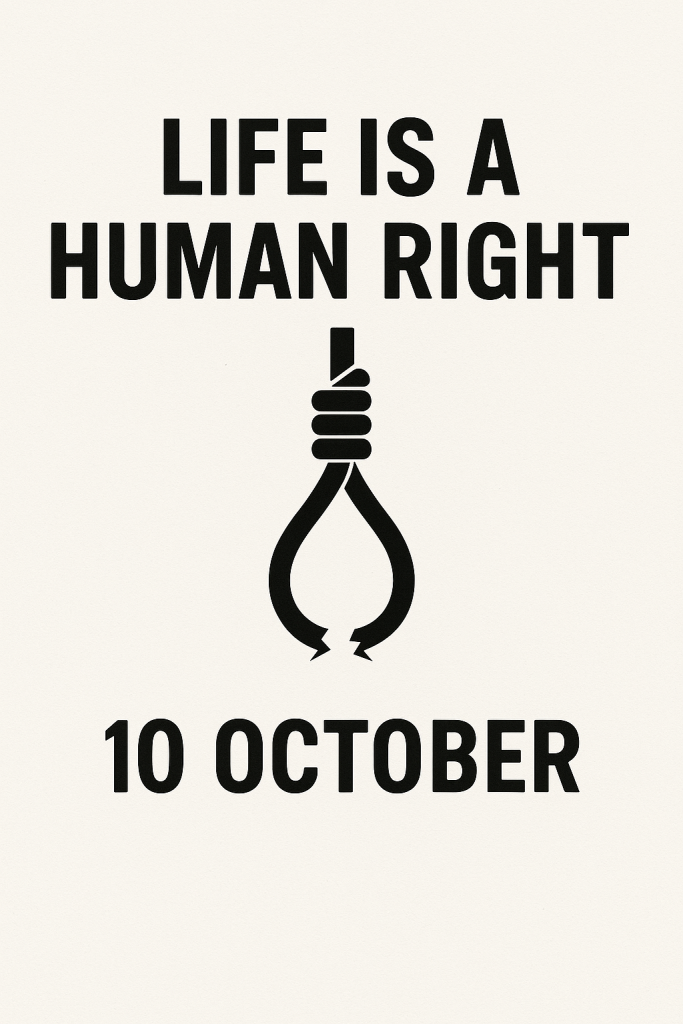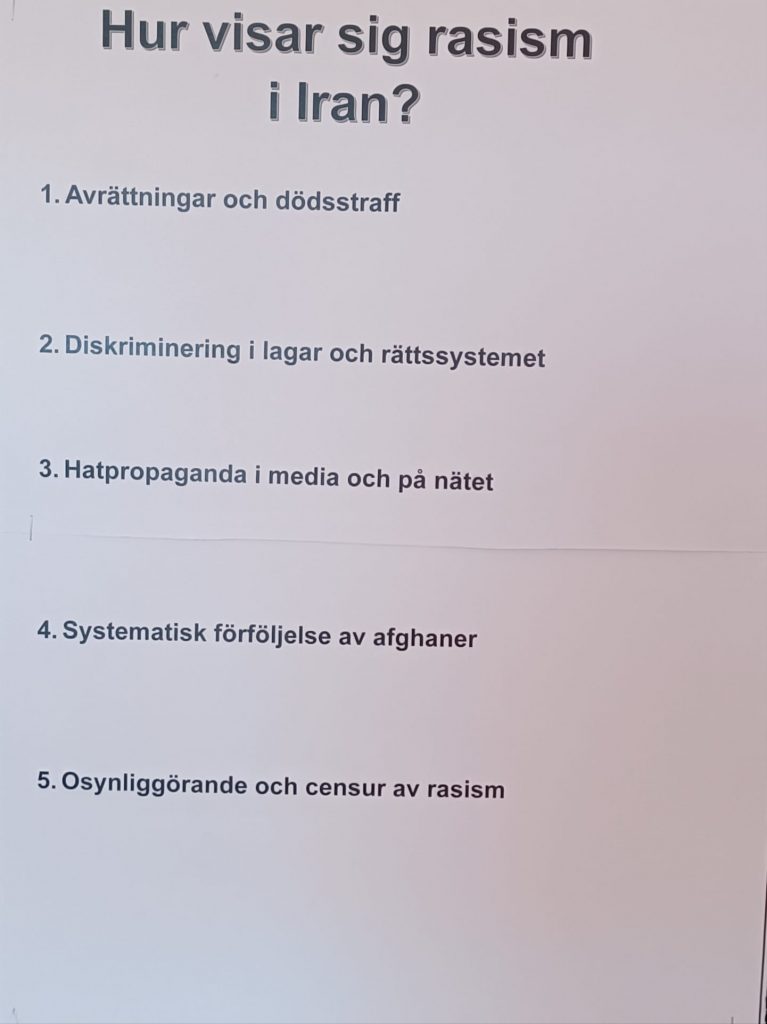Introduction
In the month of Mordad 1403 (corresponding to July 22 – August 21, 2024), Iran witnessed a large number of executions across 22 out of the country’s 31 provinces. The number of executions increased by 260.7% compared to the previous month, in which 28 cases were recorded in Tir (June 22 – July 21, 2024). This significant increase indicates the intensification of execution enforcement during this month.
The highest number of executions was reported on August 7, 2024 (17 Mordad 1403), which took place in Ghezel Hesar Prison in Alborz Province. Although the statistics provided by the media and human rights organizations vary regarding the number of victims on this day, estimating the number to be between twenty and twenty-nine people, this report, to minimize errors in the data, declares the number of victims on this day as 15, based on the confirmed identity and crime of the individuals. It is important to note that if more victims’ identities are confirmed in the future, the report for Mordad (July 22 – August 21, 2024) will be corrected.
The purpose of this report is to raise awareness among the international and domestic community and to encourage the international community to stand with human rights activists and organizations in applying pressure on the Iranian government to protect and respect the most fundamental human right—the right to life. Additionally, this report aims to encourage citizens to echo the voices of execution victims and their families and ultimately participate in building a society free from violence.
Report Content
Based on the identities and crimes of the execution victims in Mordad 1403 (July 22 – August 21, 2024), the number of executions during this month reaches 101. It should be noted that apart from a few of these executions, which have been confirmed by domestic media or Iranian judiciary officials, the rest have been identified and reported by human rights organizations and activists. The limitations on information, along with political and social pressures on human rights organizations and activists, make it very challenging to provide accurate statistics and reporting on the victims. For instance, on August 7, 2024 (17 Mordad 1403), reports on the number of execution victims in Alborz Province show significant discrepancies. One reason for these discrepancies is the transfer of death row prisoners from other prisons to Ghezel Hesar Prison for execution. The transfer of death row prisoners from one prison to another, especially close to the time of execution, can lead to a lack of transparency in accurately identifying the executed individuals. This issue becomes particularly important when identity information is not properly recorded or publicly announced. Accurate tracking of the number and identity of execution victims,especially under conditions where access to information is limited, can lead to reduced accuracy in reporting. On the other hand, this situation places additional pressure on human rights organizations to provide accurate and up-to-date statistics, as the information may be received with delays or insufficient accuracy.
Geographical and Demographic Distribution
The executions this month were carried out in 22 provinces across the country, totaling 32 prisons in various cities.
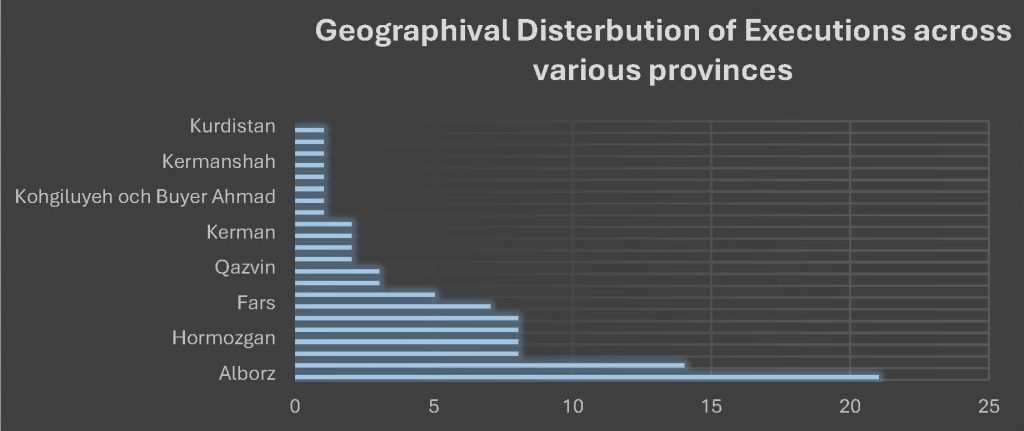
Alborz Province had the highest number of victims, with 21 executions in Ghezel Hesar Prison (approximately 21% of the total executions), followed by Lorestan Province, with 14 executions in Parsilon Prison (approximately 14% of the total executions), ranking second. The provinces of South Khorasan, Razavi Khorasan, Hormozgan, and East Azerbaijan each recorded 8 executions (approximately 31.5% of the total executions) in various prisons, ranking third.
The geographical distribution of executions in the provinces’ prisons shows that the number of executions varied from one to 15 per day. The highest numbers of executions were recorded in Ghezel Hesar Prison (21 people), Parsilon Prison (14 people), and Tabriz Prison (8 people).
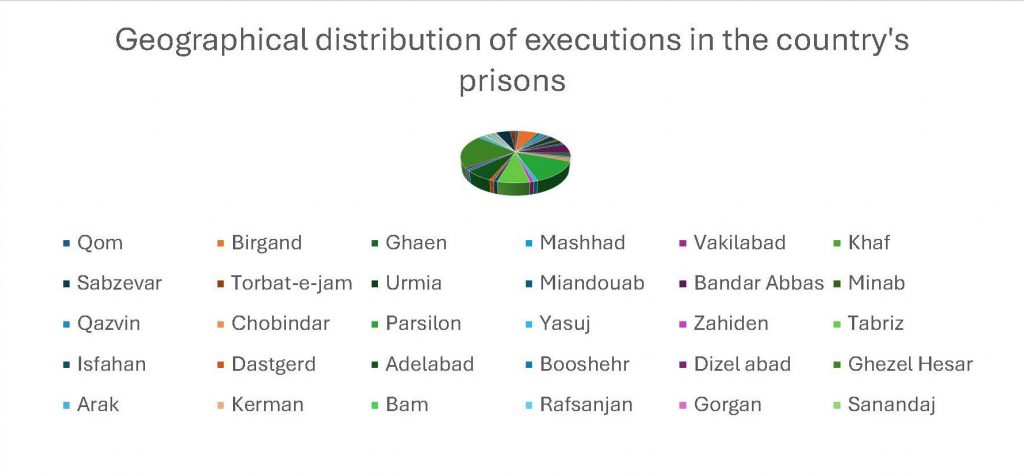
Additionally, the data indicates that executions this month in Razavi Khorasan Province were carried out across a wide geographical distribution in 5 different prisons within the province. In contrast, executions in other provinces were generally conducted in only one or two prisons.

Among the victims, there were 4 women, and 9 of those executed were Afghan nationals. Of these, one person was executed for drug-related crimes, three for rape, and five for murder. The ages of 51 victims have been recorded, showing that their ages ranged from 23 to 61 years old, with 33 of them falling within the 30 to 40-year age range. There is limited information available regarding the marital status of the prisoners; out of the 101 victims executed this month, the marital status and number of children were reported for only 11 individuals.
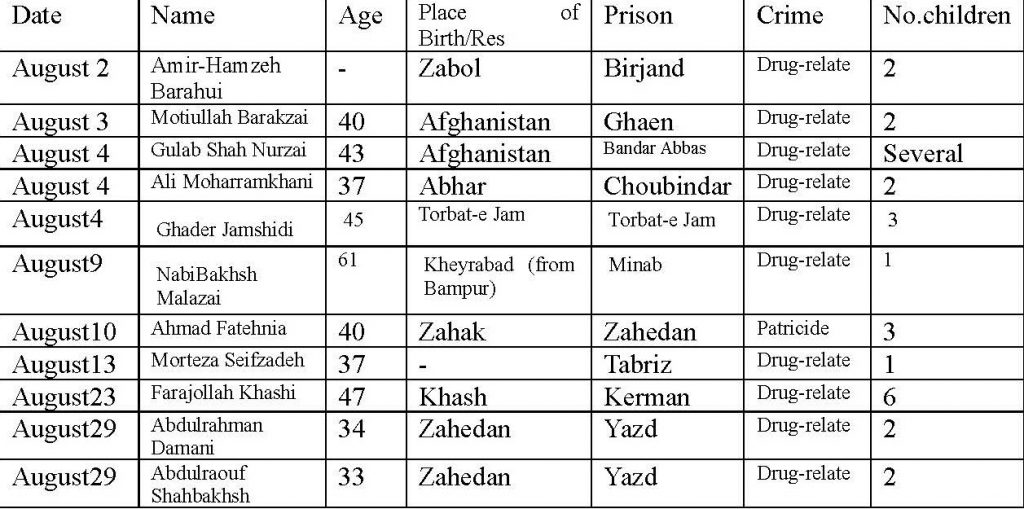
Reasons for Executions
The data indicates that executions in Mordad 1403 (July 22 – August 21, 2024) were carried out for four different reasons, which are: drug-related crimes, murder, rape, and political-security charges.

Drug-Related Crimes
Data shows that 59 people were executed in connection with drug-related crimes, continuing to represent the highest number of execution victims in Iran, accounting for nearly 58.5% of all executions in Mordad (July 22 – August 21, 2024). Compared to Tir (June 22 – July 21, 2024), the number of executions related to drug crimes increased by 321%. This significant increase indicates a heightened crackdown on drug-related crimes in the month of Mordad.
Murder
The number of individuals executed for murder this month was 36, representing approximately 35.6% of all executions in Mordad. The number of these executions has been on the rise compared to previous months.
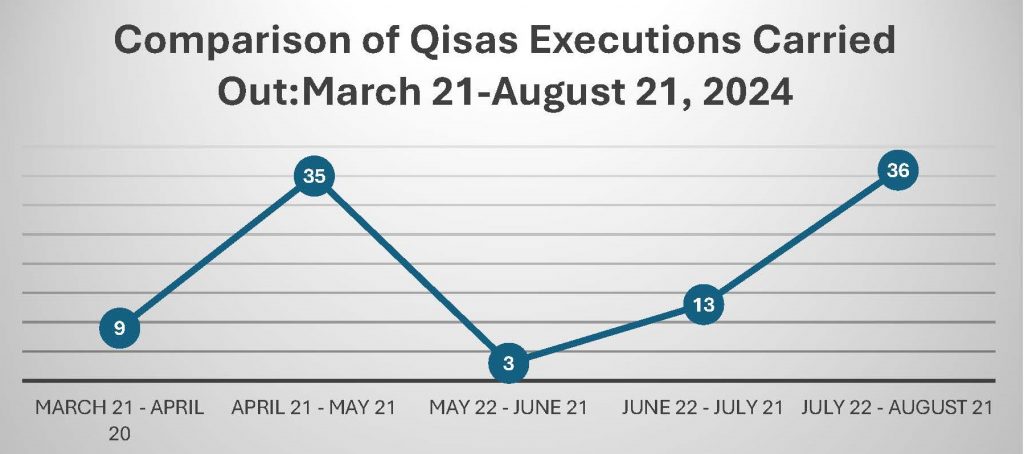
Political and Security Crimes
Iran also witnessed executions for political and security-related reasons this month. Kamran Sheikhah was executed on August 5, after spending 15 years in prison. His trial, along with the trials of six others who were executed before him in connection with the murder of an Imam, lacked transparency and has been highlighted as another example of mass executions of political dissidents by the Islamic Republic of Iran.
The execution of Gholamreza Rasaei was carried out on August 6. He denied the charges related to the murder of an IRGC intelligence officer during the commemoration ceremony of the death anniversary of Khalil Alinajad (a leader of the Yarsan community) in November 2022 in Sahneh, which turned violent. There were numerous ambiguities surrounding this case.
Executions and the Families of the Victims: A Clear Violation of Human Rights
Although the marital status and number of children of only a small portion of the victims executed this month have been reported, based on the ages of the victims, it can be inferred that many of them had families and children. Reports indicate that more than 26 children lost one of their primary guardians due to the executions in Mordad 1403 (July 22 – August 21, 2024).
A significant number of these families, due to various reasons such as poverty, distance, and lack of information about the execution day, were unable to have a final meeting with their loved ones. This inability to have a last visit is itself a form of psychological violence against the families, deeply affecting their mental health. Some families were only informed after the execution, called to collect the body for burial, which is also a clear violation of their basic rights.
This situation is not only a blatant violation of human rights but also exacerbates social and psychological crises in society. The children of the victims, now left without a parent, face an uncertain future and serious challenges. These children, in addition to losing their parents, struggle with social stigma and various deprivations, which may lead to a cycle of poverty and inequality.
Conclusion
This report emphasizes the widespread and profound impact of the death penalty on Iranian society and the blatant violation of human rights. Given the significant increase in the number of executions in Mordad 1403 (July 22 – August 21, 2024), particularly in cases related to drug-related crimes and murder, it is evident that such punishments have not only failed to reduce crime but have also brought about extensive psychological and social consequences for the victims’ families and society as a whole.
Executions carried out without transparency and adherence to the principles of justice, such as in political and security cases, highlight serious concerns about the use of the death penalty as a tool to suppress political dissidents. These actions can further erode public trust in the judicial system and lead to increased social tensions. The impact of executions on families, especially children, is extremely destructive. While support programs such as financial aid, vocational training, and access to health and psychological services are largely absent for the majority of the children and families of execution victims, these children, who have lost their primary guardians, face serious challenges, including social stigma and economic difficulties. This can perpetuate the cycle of poverty and inequality in society and have long-term negative consequences for these children and the broader community.
Finally, this report underscores the need for both the international and domestic communities to seriously respond to this issue and, in cooperation with human rights activists, exert greater pressure on the Iranian government to seek more humane and effective solutions for addressing crimes and social issues, rather than resorting to the death penalty.
These actions could include legal reforms, increased oversight of judicial processes, and the promotion of a culture of peace and human rights in society. Only with such an approach can we hope to take effective steps toward reducing violence and strengthening human rights in Iran.
